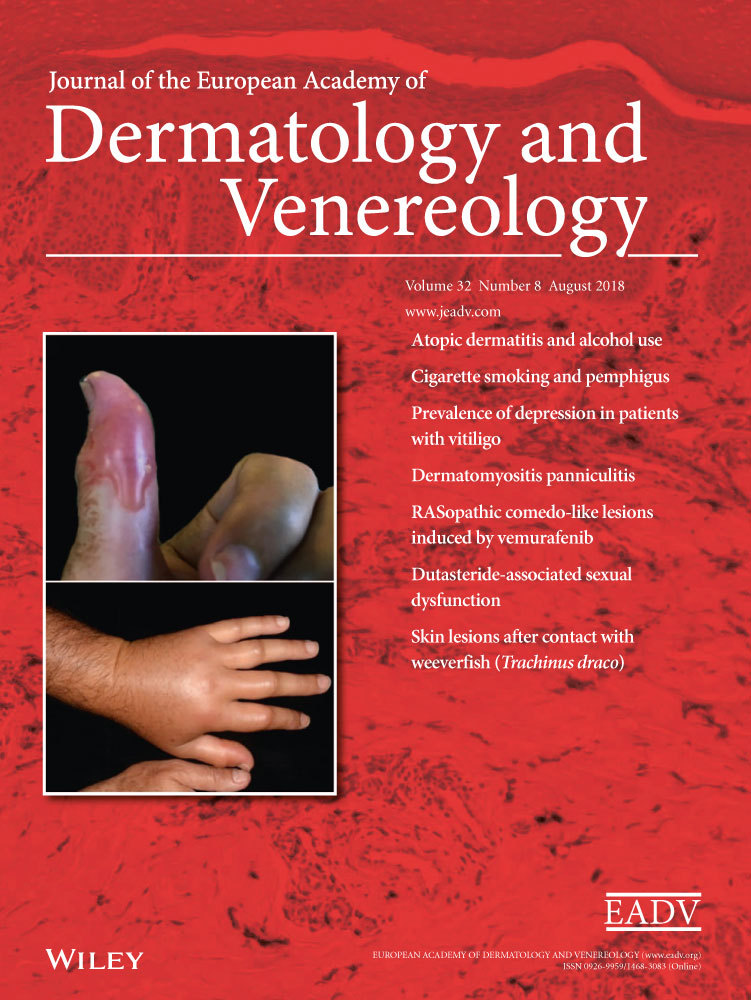Assessing dutasteride-associated sexual dysfunction using the U.S. Food and Drug Administration Adverse Event Reporting System
Conflicts of interest
None declared.
Funding sources
None declared.
Abstract
Background
Incidences of sexual dysfunction due to the use of 5 α-reductase inhibitors have been suggested. Despite low sexual dysfunction reported in clinical trials, an analysis of the U.S. Food and Drug Administration Adverse Event Reporting System (FAERS) database revealed a significant disproportionality in the reporting of sexual dysfunction with the use of finasteride. Therefore, it is likely that a similar relationship with dutasteride may exist.
Objective
To determine whether dutasteride use leads to a higher risk of sexual dysfunction compared to a baseline risk for all other drugs using the FAERS database.
Methods
A case by non-case disproportionality approach was used whereby a reporting odds ratio (ROR) with 95% confidence interval (CI) was calculated. Cases of dutasteride-associated sexual dysfunction were compared to a reference risk of sexual dysfunction for all other drugs in the database.
Results
A significant disproportionality in reporting of sexual dysfunction with the use of dutasteride was observed. The disproportionality was present for all age ranges except for 31–45 years where there were few overall reports of adverse events.
Limitations
Adverse events can be underreported, and selection bias is inherent in the FAERS.
Conclusion
Dutasteride use is associated with an increase in reports of sexual dysfunction.




